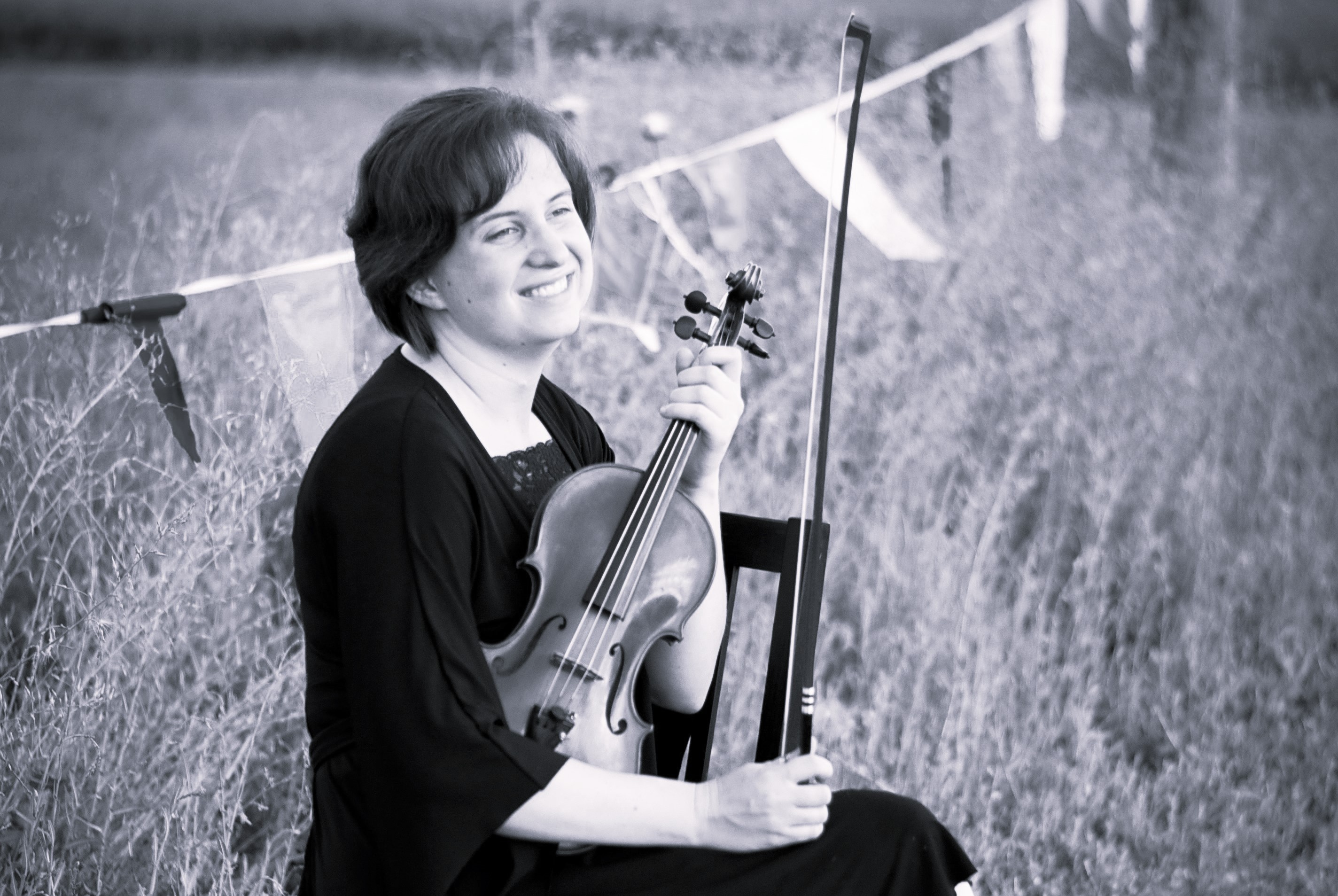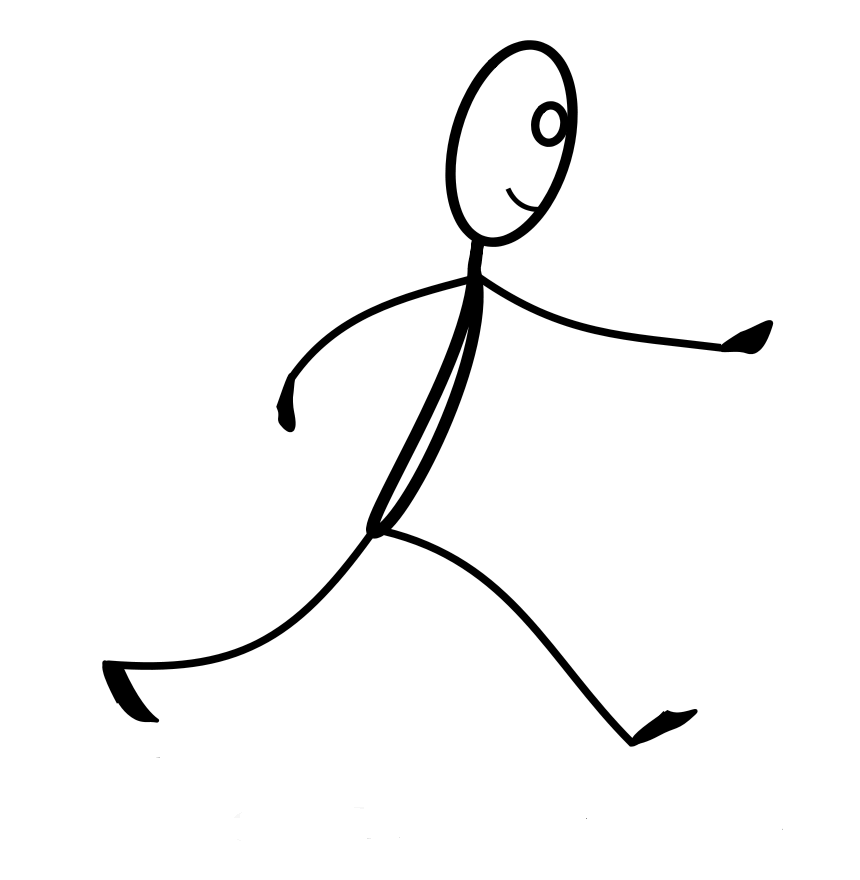Establishing personal context:
Seeing Hilary Hahn perform with the Utah Symphony last year, I was in complete awe. The entire time, I kept thinking of questions I would ask her if I were ever lucky enough to talk to her. I was one of the first on my feet after the final note of her Brahms Violin Concerto performance echoed through the hall. I had been thoroughly entranced and enthralled, and I was further delighted when she chose unaccompanied Bach as her encore. I recalled a prior year's post on Facebook, where I had filled paragraphs raving about this modern violin icon, who has been aptly described by my friends as a "total rock star" or a "violin goddess." I smiled as I recalled how, after reading my enthusiastic comments to my husband, I noticed him smiling and asked him what was funny. He said, "It's just nice to see you being all fan-girly for once . . . ."
It's unlikely that I'll ever be able to interview Hilary, but it doesn't matter, because someone already has! And not just Hilary Hahn, but other violin superstars from both older and newer generations: players like Joshua Bell, Augustin Hadelich, Anne-Sophie Mutter, Maxim Vengerov, Elmar Oliveira, Gil Shaham, Anne Akiko Myers, Nathan Cole, Aaron Rosand, Ray Chen, and (as some of my young students would appreciate) Lindsey Stirling.
I've learned so much from reading about the lives of these players. Some get creative in order to stay in shape physically. Hilary Hahn maintains her finger callouses by playing the ukulele. Some have specific topics they are particularly passionate about, ranging from preserving the authenticity of Baroque music (and instruments predating the violin) to recording the work of modern composers. Some players espouse the benefit of participating in symphonies, while others enjoy the benefit of kicking back and playing video games.
Some sanction shoulder rests, while acknowledging there is room for individual adaptation. Others advocate for reintroducing a particular type of shifting. Ruggiero Ricci acknowledges that, like it or not, we are all ultimately influenced by the players we hear. Knowing the truth of this, it was meaningful to me to hear about some of these player's personal role models. For Rachel Barton Pine, it was Maud Powell (1867-1920), a famous violinist I was unfamiliar with.
I was particularly impressed, reading about something Ms. Powell used to do. According to Rachel, between large concert engagements at major cities, rather than take a day to relax, Powell would drive to a small town in between and give that town its first-ever classical concert. She didn't do this to gain larger audiences. That tends to not even be an issue for world-renowned soloists. And world-renowned she was! Rachel called her one of the "most renowned artists of her generation;" this, coming from Rachel Barton Pine, a similarly successful soloist who would practice her solo repertoire for up to eight hours a day as a teenager! No. Pine said Powell didn't give these obscure concerts to gain a following. She just felt it was her calling in life to spread music to as many people as possible! This, in fact, "is what she felt like she was put on this earth to do." Wow.
I'm only partway through these fascinating books. They take on a very personal feel, somehow, as if I'm a fly on the wall, listening to an after-dinner conversation in an average person's living room. And yet these interviews are with folks who are anything but average! This book series strikes me as a remarkable find from an unlikely source, a commercial-looking mass-appeal website. But I guess violinist.com has been so successful for a reason. It's not the advertising. It's the quality of Niles' writing, her meticulous awareness and untiring dedication to her work. Despite some minor editing errors, which are, quite honestly, easy to overlook in the context of such quality, I wouldn't change a thing. I look forward to reading more!

Cami Shaskin
Violin Blog
About
Updates
Quick Access
Archive
2021
Jan
2022 16 - Welcome to My Blog
23 - Violin Teaching Kits
Feb 06 - Valuable Techniques
07 - From the Top
20 - Violin Jokes
Mar 06 - Singing in Orchestra
13 - Nurtured by Love
21 - Helpful Websites
27 - Unique Case Uses
Apr 10 - All About Tone
24 - Teaching Values
May 02 - Believing Teachers?
29 - Our Quartet
Jun 26 - Violin Bridge Tips
Jul 07 - Clever Violin Memes
20 - Horses and Lions
Aug 04 - Music During Covid
16 - Favorite Music
Sep 12 - Being There
Oct 16 - Sight Reading Tips
Nov 05 - Why It's the Frog
Dec 20 - Bach on the Brain
30 - Impact for Life
Jan
Jul
Aug
Oct
Nov
2023 23 - Tendonitis Helps
Feb 21 - An Old Performance
Mar 23 - Cars3 & Coaching
Apr 29 - Preferred Brands
May 27 - Love: A Calling
JunJul
Aug
08 - Music Opens Doors
SepOct
Nov
27 - Useful Analogies
Dec 28 - A Humorous Anecdote
Jan
Feb
May
Jun
Aug
Oct
Nov
2024Feb
15 - Our Commonality
Mar 10 - Extras
18 - Autopilot
AprMay
Jun
06 - Motivation
JulAug
26 - The Ink
SepOct
Nov
26 - Music Copyright
Dec Jan
Mar
Sep
2025 15 - Fame and Fortune
FebMar
14 - Intermission
Apr 18 - A Day in the Life
May 02 - Oops!
Jun 14 - A Science or an Art?
Jul 15 - A Difficult Post
AugSep
20 - Anxiety Interview
Oct 02 - Sounds of Italy
Nov No posts to display.
Dec No posts to display.
Jan
Feb
Aug
Feb
No posts to display.
Mar No posts to display.
Apr 17 - Bittersweet Moments
May No posts to display.
Jun No posts to display.
JulAug
No posts to display.
Sep No posts to display.
Oct 31 - My Video Series
Nov No posts to display.
Dec No posts to display.
Posts
Violinist Interviews Books
| Love it | Interesting | Inspiring | Want to share |
 |
 |
 |
 |
| 1 | 0 | 0 | 0 |
Like this post? Link back to it later by copying the URL below.
© 2021-2025 All Rights Reserved
This content has been proven to be completely dairy-free, gluten-free, sugar-free, and made from code not treated with rBST. No animals were harmed in the making of this blog. The views presented do not necessarily represent the views of Ms. Shaskin's neighbors, kin, the U.S. government, or a mysterious worldwide network of musicians. Any reproduction, retransmission or reposting of content without crediting the author (basically me) is prohibited. Free Wi-Fi not included. If this is a life-threatening emergency, close your browser and dial 911.



